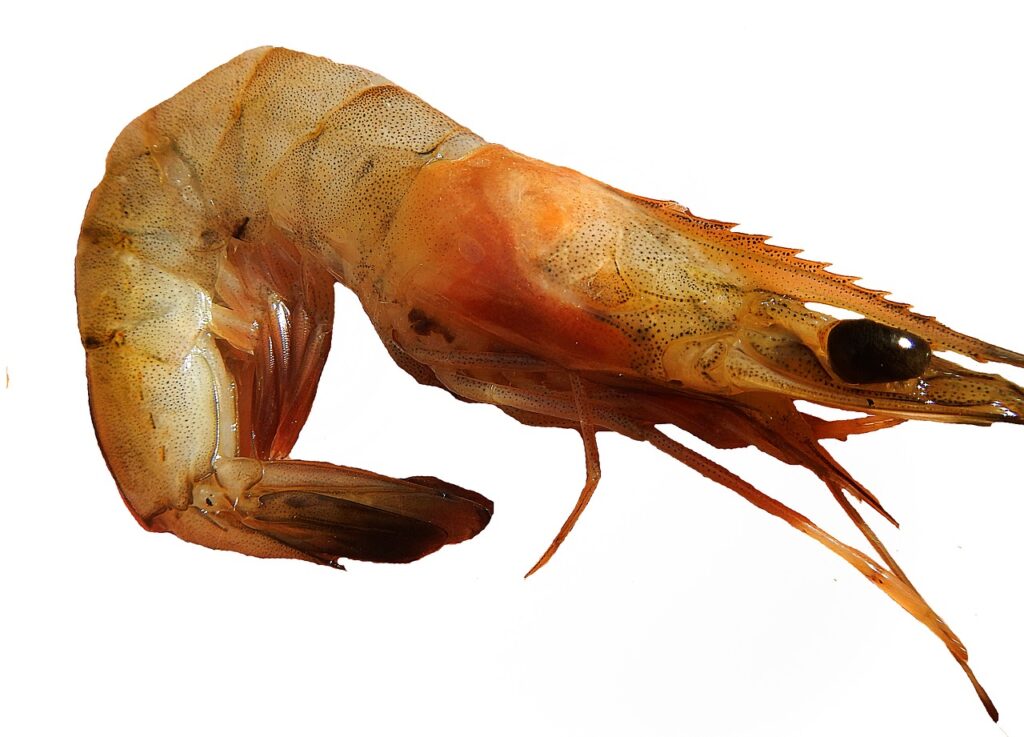Why The US Military Is Paying Close Attention To Shrimp
Scientists have come up with an innovative way to replace harmful US military sonar with sounds made by shrimp.
This article is more than 2 years old

US Military sonar has had a long and unfortunate history of adversely affecting populations of marine life. Whale and dolphin populations are particularly susceptible to its effects. This is evident in the string of beached mammals that occurs following the use of the military sonar. Sonar affecting marine life can have a profound impact on the delicate ecosystems found within the ocean. However, according to the BBC, scientists may have stumbled upon an innovative way to combat the issue – listening to shrimp.
Lori Adornato, a project manager at US military research agency, thinks that the sonar solution comes down to ditching the technology altogether in favor of listening to shrimp and other ocean animals instead. Adornato and her team of researchers have titled their research initiative Persistent Aquatic Living Sensors (Pals). The idea behind Pals is to essentially listen to the sounds being emitted by shrimp and other animals and then measuring what those sounds may be bouncing off of in order to triangulate objects under the water. “In much the same way that a traditional sonar system detects echoes from the sound that its source generates,” explained Pals researcher Alison Laferriere.
A team in Florida is conducting similar research to the Pals team. However, instead of shrimp, these scientists are honing in on calls elected by grouper fish. Laurent Cherubin, who works out of Florida Atlantic University and is the lead researcher on the Grouper Guard Team, explained that groupers are ideal for replacing sonar. This is because they are exceedingly territorial and their territorial calls are very loud. “They are territorial and will boom at any intruder on their territory,” Cherubin highlighted. In fact, Cherubin suggested that using Grouper as sonar could be more effective than the sonar itself because of these reasons.
While both Pals and the team in Florida’s research are exceedingly promising, there are still challenges ahead before either can be widely utilized as an alternative to US military sonar. Sidharth Kaushal, who works as a specialist in naval warfare at a UK defense think-tank, cited that past attempts similar to that of the shrimp and grouper techniques have historically failed. Kaushal pointed to strategies used in the Cold War that ultimately faltered because there was no way to positively detect when the military identified the exact object they were looking for. “[T}hey had no way of differentiating false positives, such as the reaction from a passing whale, from the real thing,” highlighted Kaushal.
That being said, Technology, especially US military technology, has come a long way since the time of the Cold War. Thus, the promise that these new fish and grouper sonar techniques present is much higher in comparison. At present, researchers working on Pals have entered into stage two of the feasibility phase. This means that these scientists are currently hard at work trying to make sure that their sonar theory has practical and sustaining application in the real world. Should their sonar replacement pass feasibility testing it could very well offer the US military the opportunity to cease harming sensitive ocean populations.




